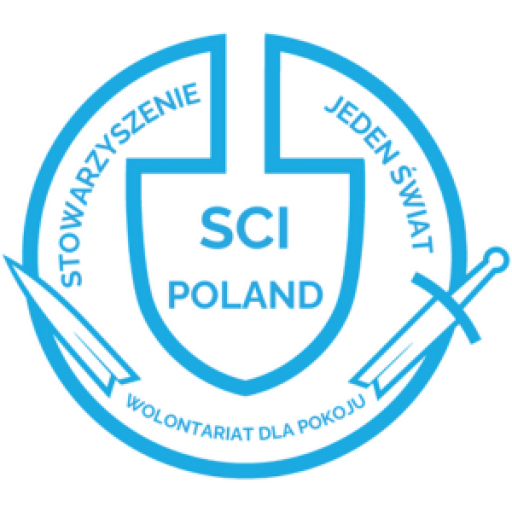A recipe for more inclusive Non-Formal Education
Discover our recipe for more inclusive Non-Formal Education
Article authors: Natalie Jivkova and Martens Langiewicz
We are all different, which brings so much beauty and richness to our activities. Each of us have our own story, experience, points of view, and wisdom, and being together creates a one-of-a-kind opportunity for an inspiring exchange and endless learning opportunities.
However, we must keep in mind that there may be barriers that prevent some people from participating in our educational activities.
As a result, when developing projects and activities, we should take an inclusive approach, making them welcoming and accessible to a wide range of participants. Let us be aware of and address the barriers that different people may face in accessing our non-formal education opportunities.
We would like to suggest to you how non-formal education activities can be more inclusive, and share how we can reach out to, encourage, and support underrepresented groups’ participation.
The list is not exhaustive but rather intended to provide you with some ideas and inspire you to look for more. We believe that we can all be proactive in promoting and working for equal opportunity, access, inclusion, and diversity!
Being inclusive:
- promotes a safe space
- gives equitable chances
- ensures multidiverse groups
- creates a welcoming and better place for all
If you want to reach more diverse groups:
- adapt the social media campaigns to the different target groups
- look for your participants in places they attend (e.g. online communities, participant-friendly public spaces)
- choose accessible media platforms and a digitally accessible application form
- use social mediators from the community that you want to reach
- promote your activities in schools or community centres
- do not organise events during important cultural or religious holidays of minorities
- inform about the accessibility of the venue and give as many details as possible
- ask people with experience to share what they have learned and gained from similar past educational opportunities
If you want to include everyone:
- plan and be ready to modify the activities to be inclusive for everyone
- set rules for mutual respect
- be mindful of cultural norms present in the room (including those related to gender, touch, and order of speaking)
- ask before acting
- observe, listen and follow the lead of people with disabilities
- ask for the individual specific needs (e.g. related to accessibility, diet, personal support)
- address the religious needs of the participants, e.g. a prayer room, and adjust the programme to allow for performing religious obligations
- include people with disabilities in the creation process
- choose venues with easy access to all the amenities
- prepare venue employees for the arrival of a diverse group
- prepare an accessible space for the activities
- prepare the programme with the specific needs in mind
- provide precise logistics information about the event
- use different communication channels (visible, hearable, touchable)
- adjust the language to the level of comprehension of your participants
- do not use examples and metaphors that the participants from a different cultural background might be not familiar with (e.g. a country-typical fairy tale)
- check if the finance structure allows you to apply for funds for assistants and accessibility solutions, e.g. sign language interpreters, personal assistants, cultural mediators
- provide volunteers trained in assisting people with disabilities
- have a sensitivity session, including the needs of participants, e.g. those with a disability, different cultural backgrounds, minority representatives, etc.
- if the participants are comfortable with it, invite them to openly share their needs with the group
- ask the participants for a name and pronouns they prefer to use, write them on tags, and read them out loud
- include content warnings
- choose the right methods for everyones’ inclusion
- use tools like subtitles, screen reader, translation programs, and sound support
- choose digital tools that will be accessible to all participants
- assign more time for activities
- involve experts in topics you are not proficient in
- be available for questions and support at all times
- provide a feedback box for improvements/needs
- be open and grateful while receiving feedback
- make conscious choices to be and do better!
The article was written in 2022 in the frame of the Learning Lab(oratory) – quality non-formal education in the digital world project (2021-1-PL01-KA153-YOU-000018791) by SCI Poland, co-funded by the European Union. The project supported the development of civil society, with people who can learn from each other and want to share their knowledge for the benefit of others – through high-quality non-formal education.

